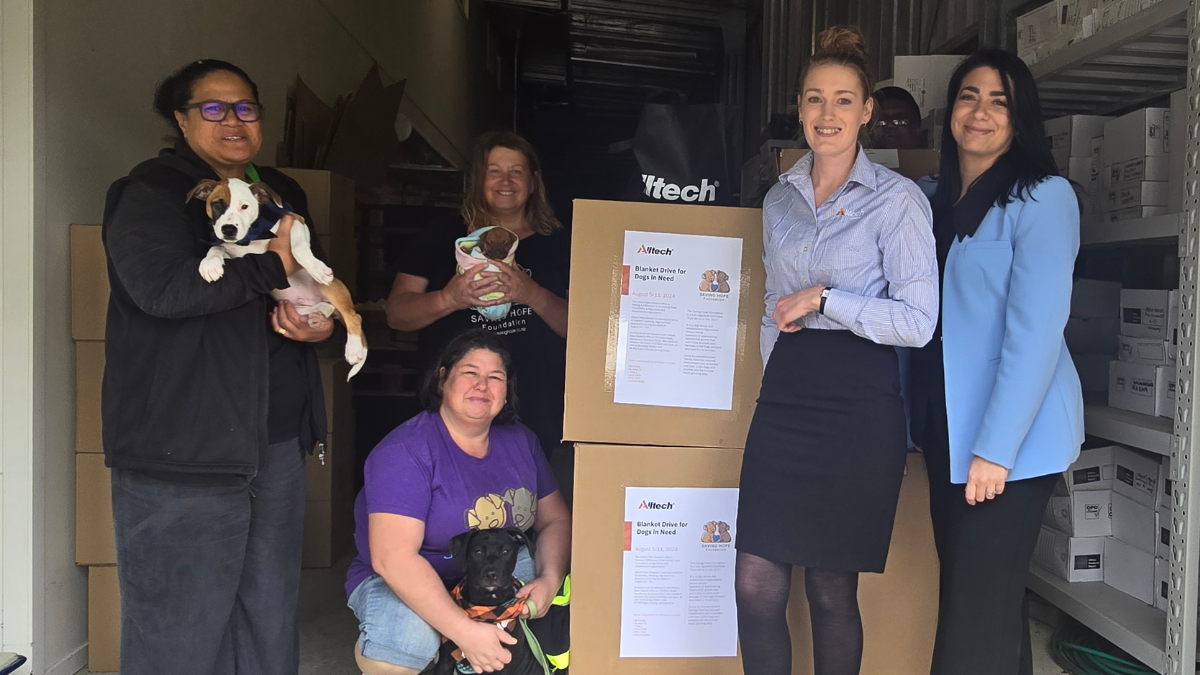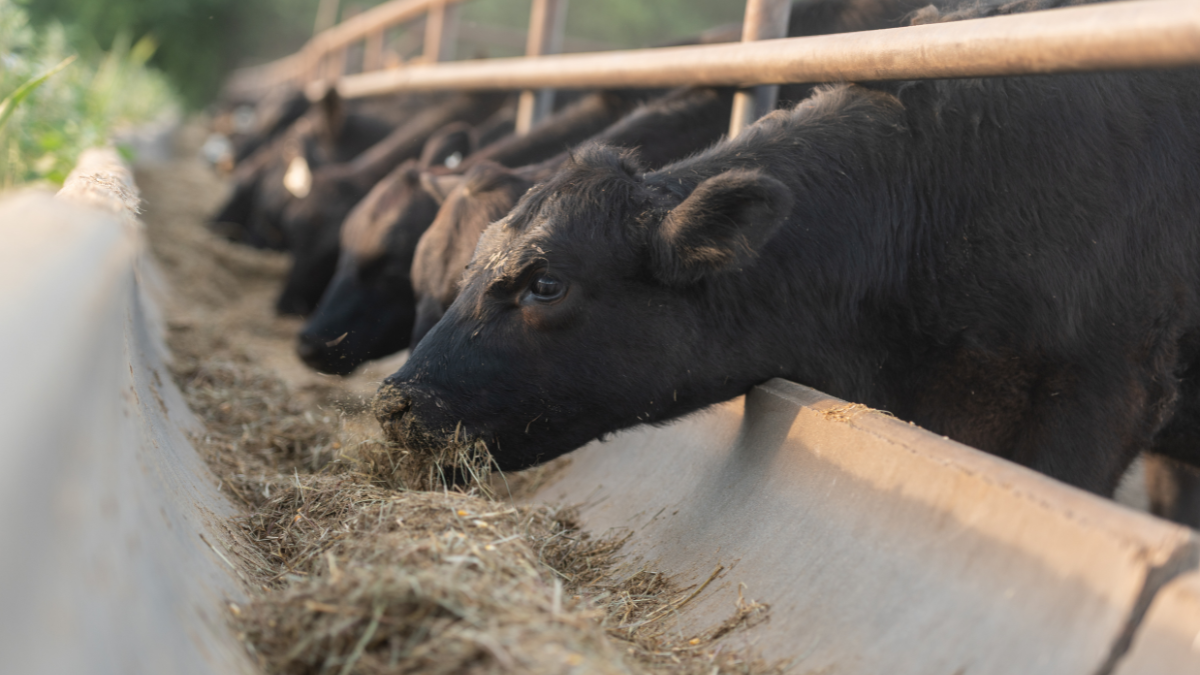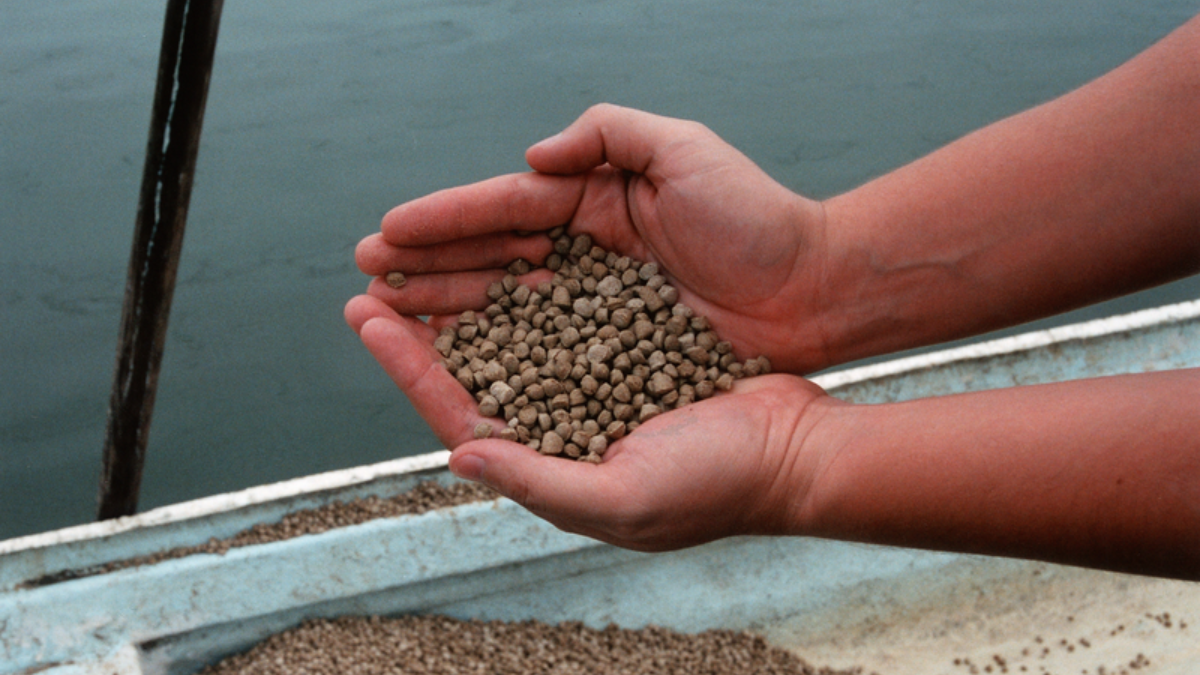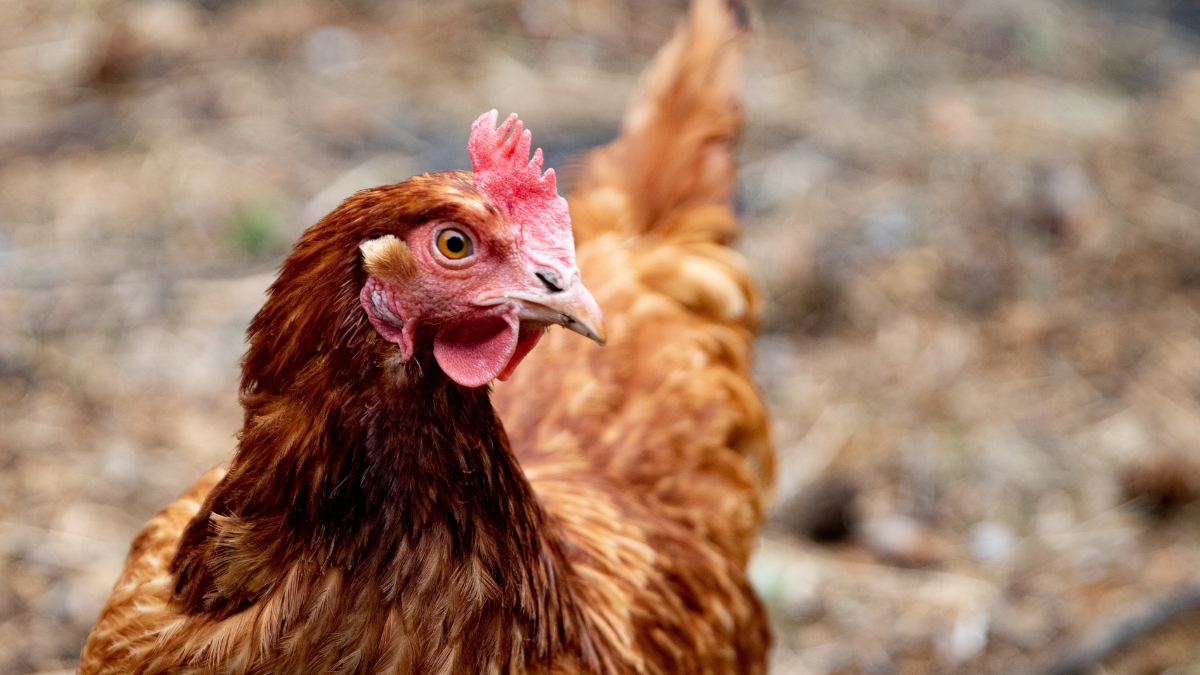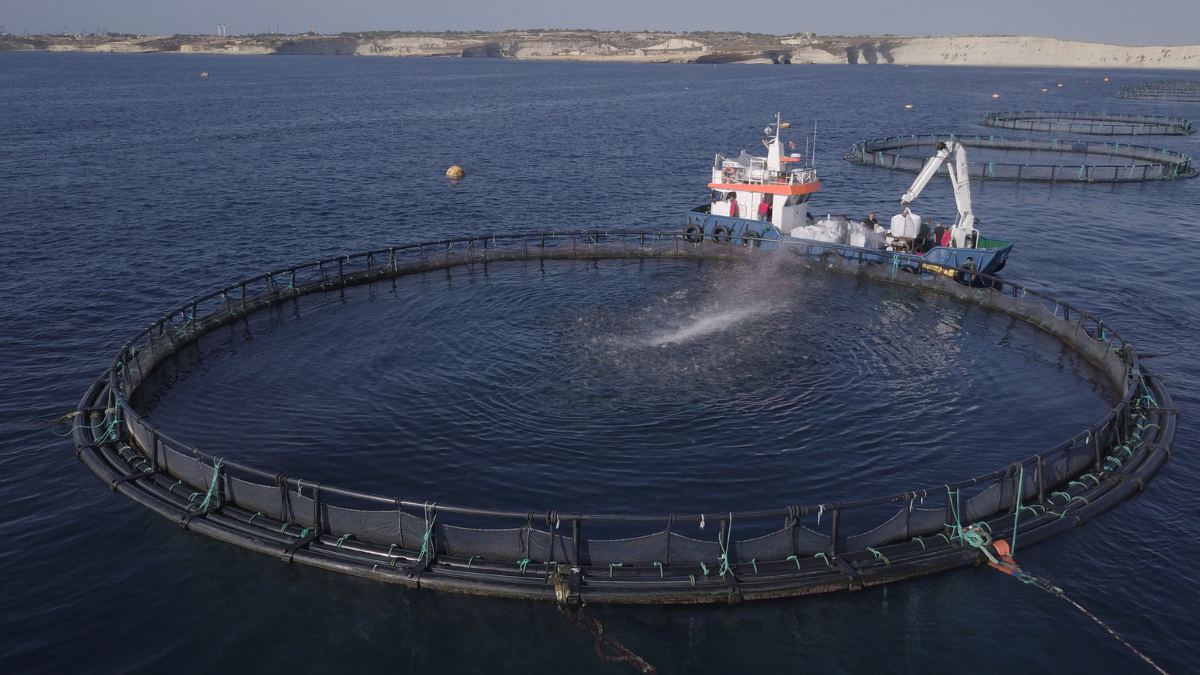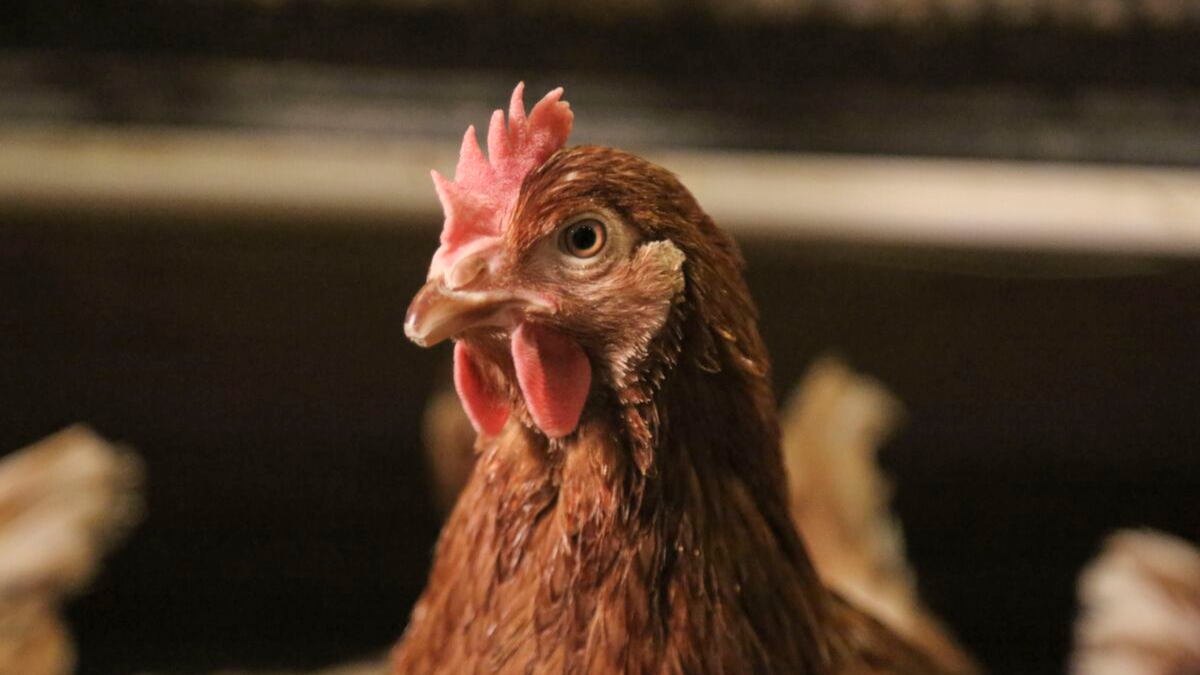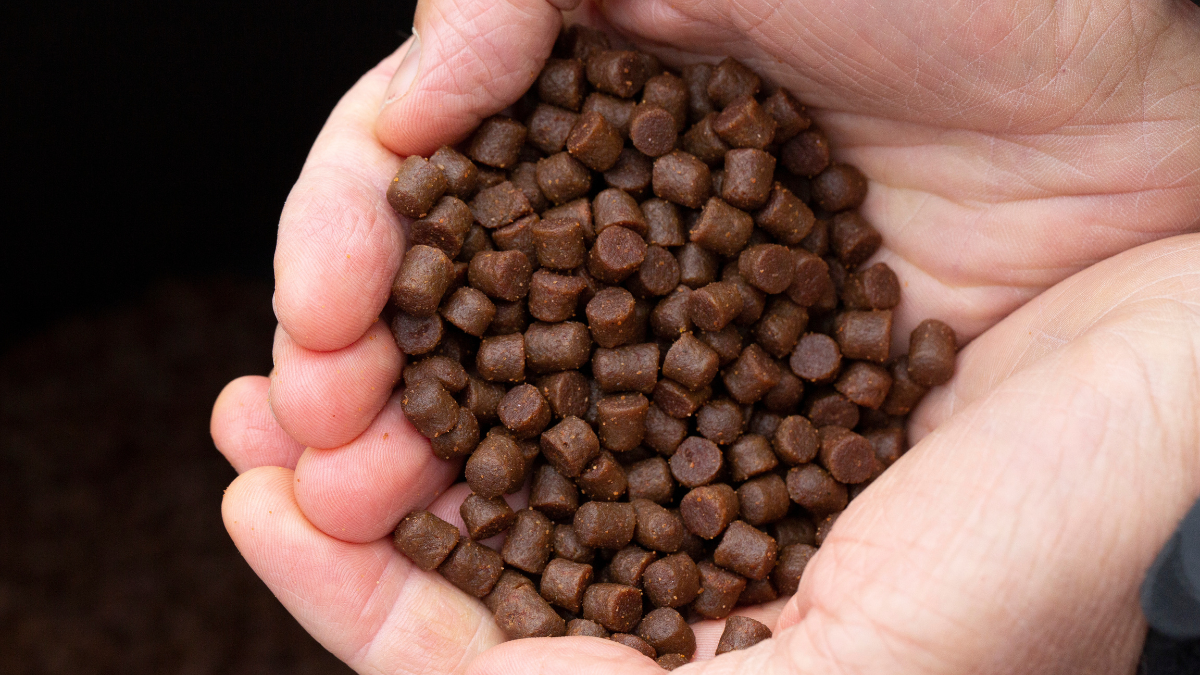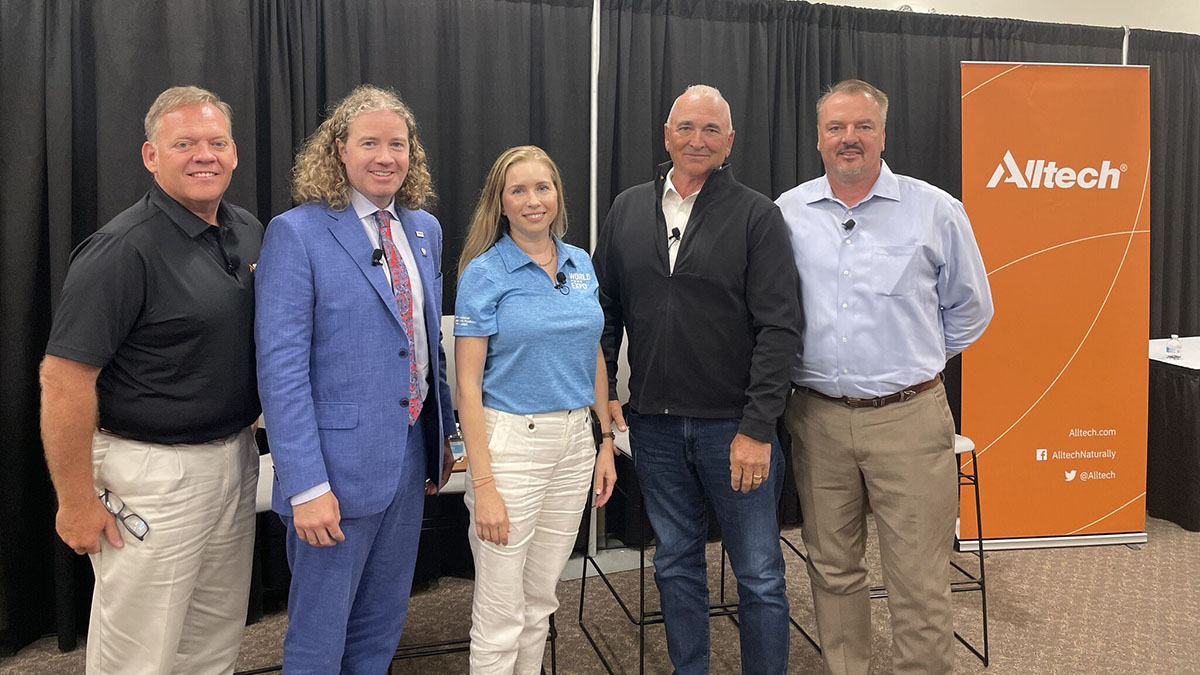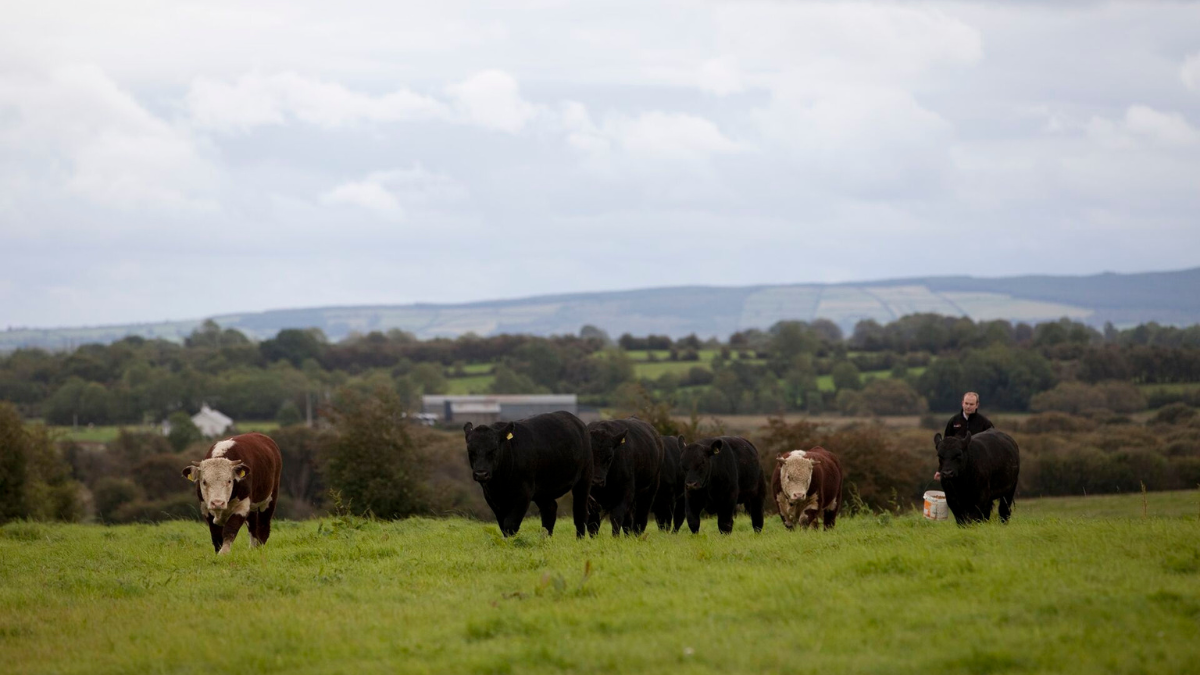The expansion of aquaculture has presented challenges for the aquafeed industry, especially when it comes to meeting increasing demands while also ensuring both environmental sustainability and economic viability for farmers.
A key strategy for addressing these challenges is the utilization of flexible feed formulations, which allows for the inclusion of diverse plant-based raw materials and byproducts. To create effective flexible feed formulations, nutritionists must first overcome potential nutritional challenges, such as the anti-nutritional factors that are typically associated with plant ingredients.
In this blog, we will discuss how multi-enzyme technologies can help improve nutrient utilization, enhance feed efficiency and diminish the cost of aquafeed formulations.
The evolution of aquafeed composition
As the fastest-growing food production sector worldwide, aquaculture plays a crucial role in ensuring food security and in the greater effort to meet the Sustainable Development Goals (SDGs) set by the United Nations, including "Zero Hunger" (Hasegawa et al., 2019). Despite its rapid growth, scientists estimate that aquaculture production will need to expand even more by 2050 to meet the increasing demand for seafood and affordable protein (Boyd et al., 2022).
While limited availability and the prices of traditionally used marine ingredients from wild-caught stocks (i.e., fishmeal and fish oil) could have created a bottleneck for the growth of feed production and aquaculture, respectively (Cottrell et al., 2021), the industry evolved and diversified the composition of its aquafeeds to include alternative terrestrial-based raw materials, helping maintain and support the expansion of aquaculture (Naylor et al., 2021).
These changes have even been reflected in the diets of carnivorous species over the past 30 years, and the inclusion of plant-based ingredients in salmon and rainbow trout diets in Norway climbed to 60% in 2020 (Aas et al., 2022). A typical composition for these diets, including a list of plant-based ingredients, is presented in Figure 1.

Nutritional challenges of plant-based ingredients
It is important to note, however, that the shift towards more economical and sustainable raw materials has brought with it nutritional challenges that feed producers must solve. These potential challenges include amino acid deficiencies, poor digestibility and palatability, and an increased risk of mycotoxin contamination.
Additionally, almost all plant ingredients contain certain anti-nutritional factors (Hussain et al., 2024). These factors, which are found in the form of natural substances, can interfere with the digestibility/absorption of nutrients. The most common anti-nutritional factors that can negatively impact fish productivity include protease inhibitors, phytates (i.e., phytic acid), glucosinolates, saponins, tannins, lectins, oligosaccharides and non-starch polysaccharides (NSP), phytoestrogens, alkaloids, antigenic compounds and gossypols (Francis et al., 2001). Among these compounds, NSPs and phytates receive the most attention from fish nutritionists and are the primary reasons for restricting the inclusion of plant materials in aquafeed formulations.
NSPs are complex carbohydrates that serve as major structural components of plant cell walls, including cellulose, hemicellulose, pectins and beta-glucans. Wheat — the main carbohydrate source used in aquafeeds — contains 119 g/kg of NSP in its dry matter, while soybean meal, the primary plant protein source, contains 217 g/kg (Sinha et al., 2011). However, most aquatic species lack NSP-degrading digestive enzymes, preventing NSP from serving as an energy source (Kaushik et al., 2022). The negative effects of NSPs are associated with their viscous nature, which leads to the decreased digestibility and absorption of macronutrients (Sinha et al., 2011; Kaushik et al., 2022).
When phytic acid binds with minerals to form phytate salts, it becomes the primary storage form of phosphorus in plants (Shankaran & Kumari, 2024). The phosphorus in commonly used plant-based feedstuffs mostly comes from phytate phosphorous, which can be included in proportions reaching up to 80% (Cao et al., 2007; Kumar et al.,2011). Phosphorus is essential for aquatic organisms, although they have a limited ability to break down phytate. As a result, phosphorus cannot be utilized in the phytate form and is excreted into the environment (Cao et al., 2007). Additionally, in the gastrointestinal tract, phytate binds to minerals (e.g., Zn2+ and Fe2+) and interacts with nutrients such as fatty acids and protein, leading to reduced bioavailability — which raises further concerns about water pollution and the environmental impact of aquafeeds (Kumar et al., 2011). Since processing treatments are not very efficient in reducing the content of anti-nutritional factors, the best approach to improving carbohydrate utilization is via the supplementation of carbohydrase enzymes and the bioavailability of phosphorus with phytase (Kaushik et al., 2022).
Enzyme technology and its benefits
Enzyme technology is a promising tool to mitigate the adverse effects of the anti-nutritional factors present in the plant feedstuffs used in animal feeds (Steinberg, 2022). According to Liang et al. (2022), the global market size for animal feed enzymes was over US$1.3 billion in 2021 and is projected to expand further by 2028 due to their cost-effectiveness and sustainability considerations.
Comprehensive studies that reviewed the supplementation of exogenous phytases, carbohydrases and proteases in aquafeeds concluded that they have significant potential as functional additives for improving the nutritional value of aquafeeds (Castillo and Gatlin, 2015; Zheng et al., 2020; Liang et al., 2022; Chen et al., 2024). These studies have also illustrated that the efficacy of enzymes depends on the diet composition and application method.
The inclusion of enzymes is recommended in diets with a high content of plant-based materials and byproducts, and post-spraying application is advised to ensure maximum enzyme stability (Liang et al., 2022). Finally, it has been noted that enzyme supplementation is more effective when a cocktail of enzymes is used rather than a single enzyme type (Zheng et al., 2020).
 A commercially available multi-enzymatic solution from Alltech is derived from the solid-state fermentation (SSF) of a select strain of non-GMO Aspergillus niger. Extensive research has explored the potential of multi-enzyme complexes to enhance nutrient utilization and growth in economically significant farmed fish species. Some of Alltech’s research footprint can be seen in a flyer (available here), which summarizes trial results across different species, including warm-water fish such as tilapia, catfish and pangasius, as well as key species in marine aquaculture, like seabass and red seabream. Collectively, the results have shown that the application of the multi-enzyme is beneficial for growth and feed utilization, measured as improved weight gain and feed conversion ratio (FCR), as well as an increased digestibility of phosphorous and nutrients (e.g., protein and amino acids) and reduced nitrogen and phosphorus excretions.
A commercially available multi-enzymatic solution from Alltech is derived from the solid-state fermentation (SSF) of a select strain of non-GMO Aspergillus niger. Extensive research has explored the potential of multi-enzyme complexes to enhance nutrient utilization and growth in economically significant farmed fish species. Some of Alltech’s research footprint can be seen in a flyer (available here), which summarizes trial results across different species, including warm-water fish such as tilapia, catfish and pangasius, as well as key species in marine aquaculture, like seabass and red seabream. Collectively, the results have shown that the application of the multi-enzyme is beneficial for growth and feed utilization, measured as improved weight gain and feed conversion ratio (FCR), as well as an increased digestibility of phosphorous and nutrients (e.g., protein and amino acids) and reduced nitrogen and phosphorus excretions.
Overall, multi-enzyme technologies can provide flexibility in feed formulations by targeting different substrates and enhancing nutrient utilization. These improvements lead to better fish performance and higher economic returns for producers. Additionally, utilizing these technologies can minimize nutrient discharges, allowing the aquaculture industry to demonstrate its responsibility toward the aquatic environment and sustainably produce food, thereby reducing its environmental impact.
About the author:

Dr. Vivi Koletsi is a global technical support specialist within Alltech’s Technology Group. She collaborates with the company’s global Aqua team regarding all technologies on the aquatic species side.
Dr. Koletsi, a native of Ioannina, Greece, first became interested in aquaculture while completing her undergraduate studies in biology at the Aristotle University of Thessaloniki. She began focusing on fish nutrition in earnest while pursuing her master’s degree in aquaculture and marine resource management at Wageningen University & Research in the Netherlands. This interest led her to complete an internship with Alltech Coppens, during which she established a protocol to help prevent mycotoxin contamination in aqua feeds.
Upon earning her master’s degree, Dr. Koletsi continued her mycotoxin research at the doctoral level with support from Alltech in collaboration with the Aquaculture and Fisheries Group at Wageningen University & Research. While completing her doctoral studies, Dr. Koletsi conducted trials at Alltech Coppens’ facilities while continuing laboratory work at Wageningen. Her focus was on mycotoxins’ impact on rainbow trout.
Dr. Koletsi joined Alltech as a team member upon completion of her Ph.D. in 2023.
I want to learn more about nutrition for aquaculture.

